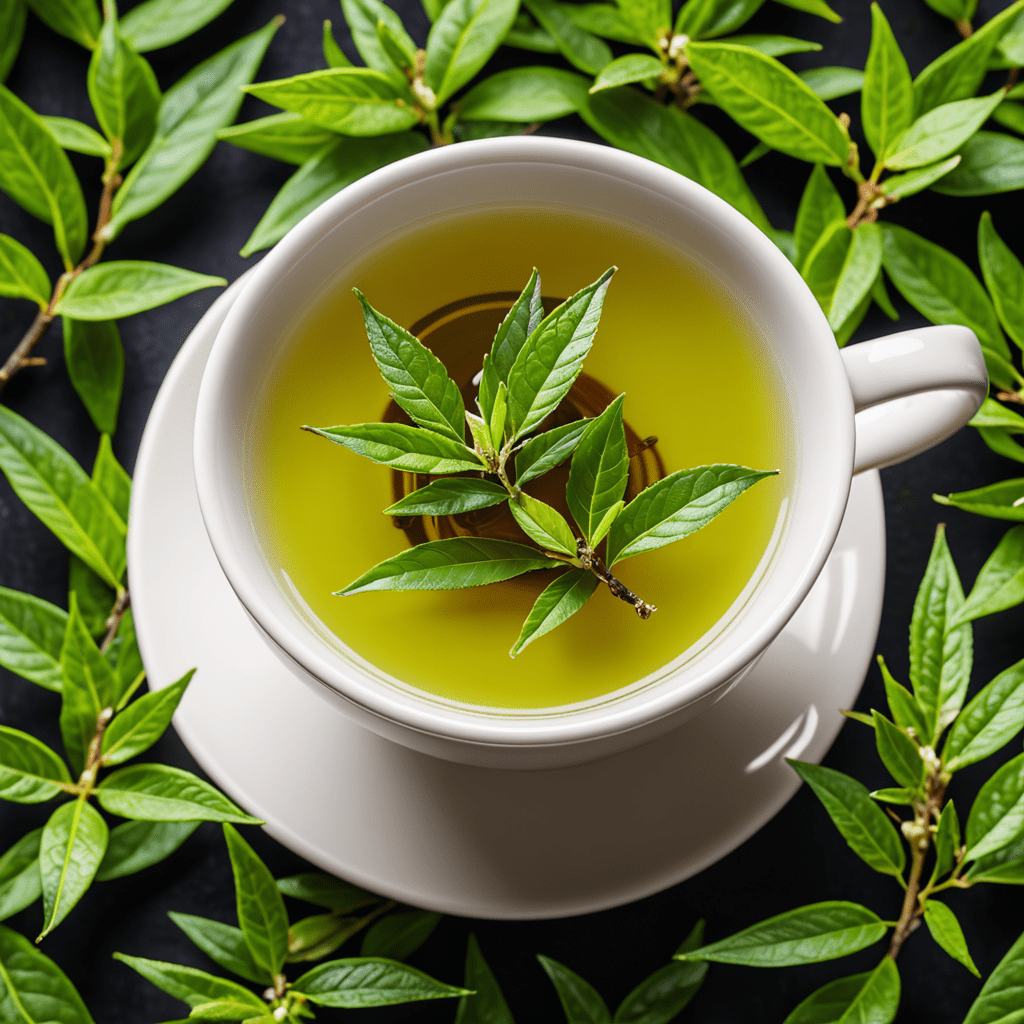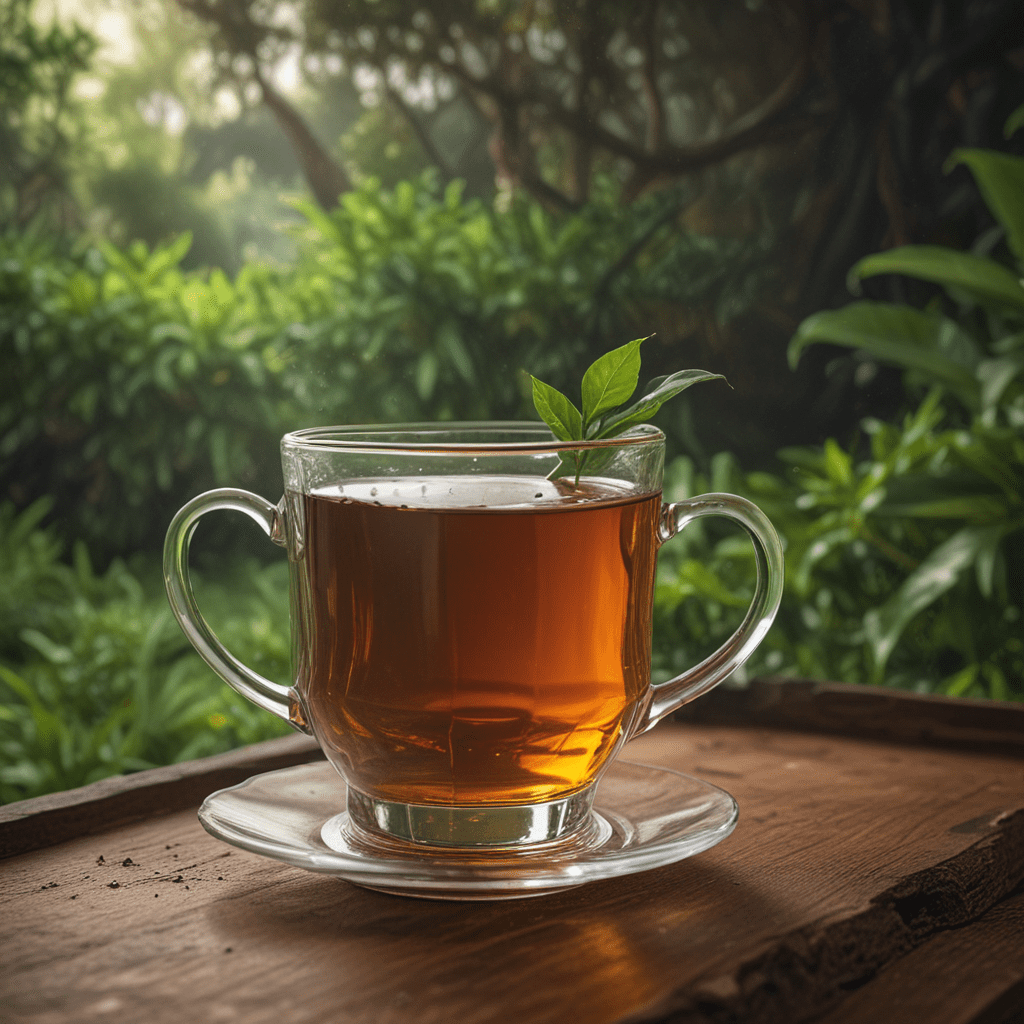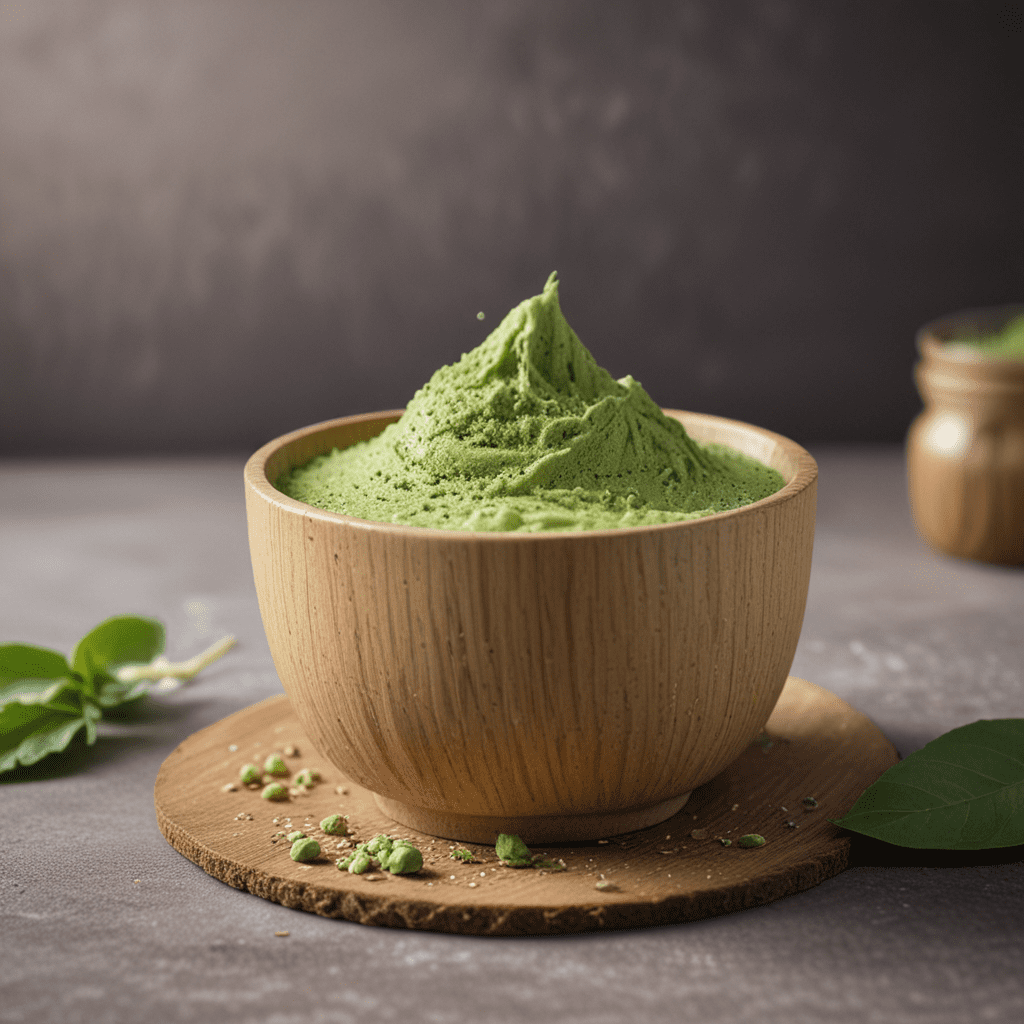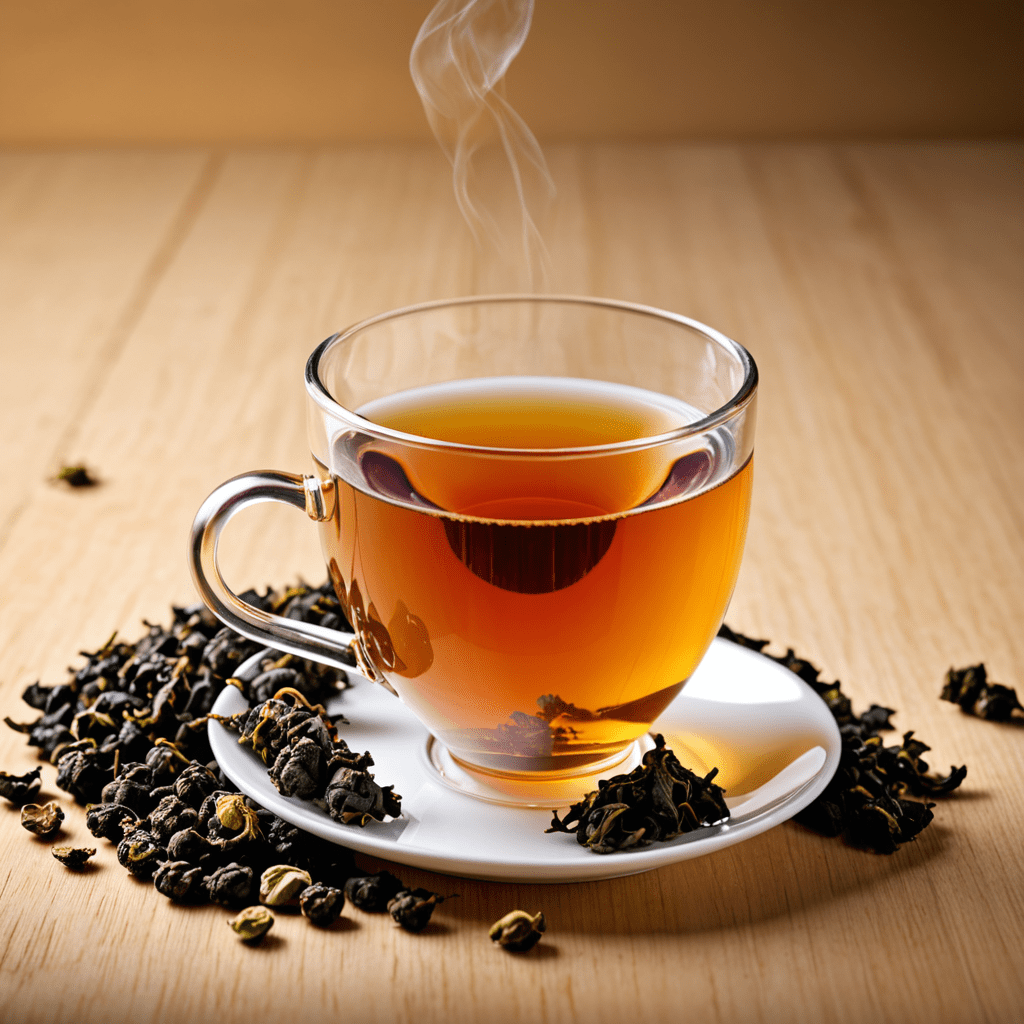
A Journey Through the Origin of Bigelow Green Tea
Bigelow Green Tea is a popular choice for tea lovers all over the world. Known for its distinct flavor and numerous health benefits, this tea leaves enthusiasts curious about its origin. In this article, we will delve into where Bigelow Green Tea is grown and explore the unique regions that contribute to its exceptional taste and quality.
The History of Bigelow Green Tea
Bigelow Tea is a family-owned company that has been in operation for over 75 years. Founded by Ruth Campbell Bigelow in 1945, the company has grown into one of the leading tea producers in the United States. With a deep-rooted passion for tea, Bigelow has dedicated itself to sourcing the finest ingredients for their tea blends.
The Importance of Origin in Tea
The quality and characteristics of tea are heavily influenced by its place of origin. Just as wine enthusiasts appreciate the nuances brought by different grape varieties and regions, tea aficionados value the unique flavors and characteristics associated with different tea-growing regions.
Where is Bigelow Green Tea Grown?
Bigelow sources its green tea leaves from various regions around the world. The company places great emphasis on finding the best tea leaves to ensure the highest quality in their products. Some of the primary regions where Bigelow green tea is grown include:
1. China
China is widely recognized as one of the most important tea-producing countries in the world. With a rich history in tea cultivation and a wide variety of tea types, China offers an array of flavors and aromas. Bigelow sources green tea leaves from the renowned tea-growing provinces in China, such as Zhejiang and Fujian.
2. Japan
Japan is renowned for its iconic green teas, including matcha and sencha. Bigelow recognizes the superior quality of Japanese green teas and imports them to create their unique blends. Japanese green teas are known for their vibrant green color, umami taste, and distinct aroma.
3. India
India is another significant player in the global tea industry. While it is famous for its black teas, particularly Darjeeling and Assam, the country also produces excellent green teas. Bigelow selects green tea leaves from specific regions in India, such as the Nilgiri Hills and the Kangra Valley.
4. Sri Lanka
Sri Lanka, formerly known as Ceylon, is renowned for its black tea production. However, the country also produces high-quality green teas. The tropical climate and fertile soil of Sri Lanka provide the ideal conditions for tea cultivation, resulting in teas with a unique flavor profile. Some of Bigelow’s green teas incorporate leaves from these picturesque estates.
5. Kenya
Although Kenya is primarily known for its black tea production, it has recently started to venture into green tea cultivation. With its favorable climate and fertile land, Kenya has the potential to produce vibrant and flavorful green teas. Bigelow recognizes this potential and includes Kenyan green teas in their blends.
6. Other Regions
Apart from the aforementioned regions, Bigelow also explores other parts of the world to find exceptional green teas. This includes exploring tea estates in countries like Taiwan, Vietnam, and Indonesia.
FAQ
Q: Does Bigelow disclose the specific regions their green tea is sourced from?
A: While Bigelow is transparent about the countries where they source their tea leaves, they do not disclose the specific regions within those countries. This is because the company often collaborates with multiple tea estates to maintain consistency and ensure a constant supply of high-quality tea throughout the year.
Q: Does the specific region impact the taste of Bigelow Green Tea?
A: Yes, the region where the tea is grown significantly influences its taste. Each region has unique soil, climate, and altitude, which contribute to distinct flavors and characteristics in the tea leaves. Bigelow carefully selects tea leaves from different regions to create blends that offer a diverse range of flavor profiles.
Q: Are there any other factors that contribute to the taste of Bigelow Green Tea, besides the region?
A: Yes, apart from the region of origin, various other factors, including the specific tea cultivar used, the processing methods employed, and the elevation at which the tea is grown, all contribute to the taste and quality of the tea. Bigelow takes all these factors into consideration to create a delightful tea-drinking experience for its customers.
Q: Can I visit the tea gardens where Bigelow Green Tea is grown?
A: Unfortunately, visiting the specific tea gardens where Bigelow’s green tea is cultivated is not possible for consumers. However, Bigelow offers virtual tours and educational materials on its website, allowing tea enthusiasts to gain insights into the tea-growing process and the regions it sources its tea from.
Q: Does Bigelow support sustainable and ethical tea cultivation practices?
A: Yes, Bigelow is committed to supporting sustainable and ethical practices in tea cultivation. The company works closely with its tea suppliers to ensure fair labor practices, environmental conservation, and community development initiatives. Bigelow is a member of various global organizations that promote sustainable and responsible tea production.
Q: Can I purchase Bigelow Green Tea directly from the tea gardens?
A: Bigelow Green Tea is not available for purchase directly from the tea gardens. The tea gardens primarily supply their tea leaves to Bigelow, who then blends and packages them for sale through various channels, including grocery stores, online retailers, and their official website.
In conclusion, Bigelow Green Tea is sourced from several tea-growing regions around the world, including China, Japan, India, Sri Lanka, Kenya, and other countries known for their exceptional tea production. Combining the flavors from different regions allows Bigelow to create a wide range of green tea blends that cater to diverse preferences. So, the next time you enjoy a cup of Bigelow Green Tea, remember the journey it took from the tea gardens to your tea cup, conveying the essence of its unique origins.


